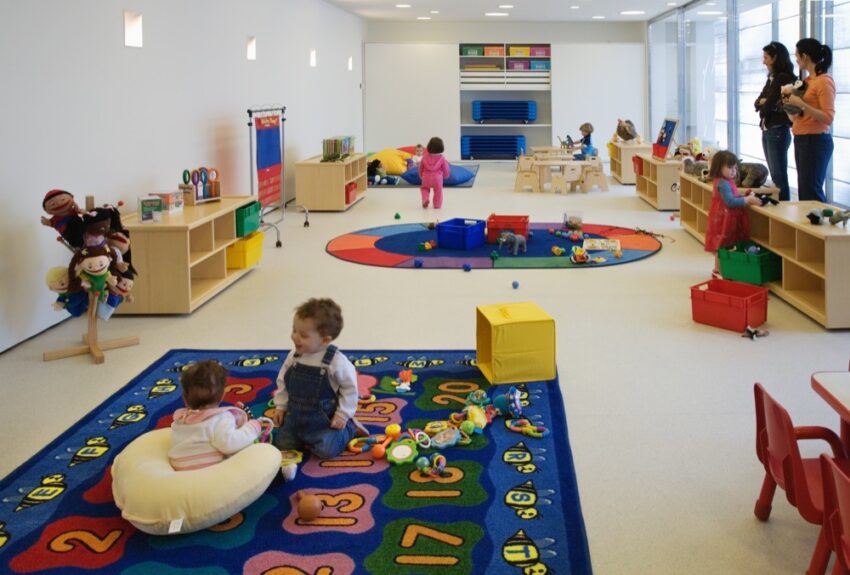Measuring Made Fun: Montessori Activities That Teach Essential Math Skills
Montessori education is known for its hands-on approach to learning, allowing children to engage with materials and concepts in a meaningful way. When it comes to teaching math, measurement is a fundamental concept that lays the foundation for important skills. By incorporating Montessori activities that make measuring fun, children can develop essential math skills while enjoying the learning process.
1. Introduction to Measurement
The first step in teaching measurement is introducing the concept to children. Montessori activities often begin with simple exercises that involve comparing objects based on size or length. For example, using different objects like blocks or pencils, children can arrange them from shorter to longer or vice versa, developing their understanding of length and measurement.
2. Non-Standard Units of Measurement
Montessori activities also focus on introducing non-standard units of measurement. This involves using everyday objects to measure length, width, and height, such as paperclips, popsicle sticks, or even their own hands. Children can compare the length of objects by lining them up with these non-standard units and counting how many units each object spans.
3. Standard Units of Measurement
Once children have grasped the concept of measurement using non-standard units, Montessori activities progress to standard units, such as centimeters or inches. Giving children rulers or measuring tapes, they can now measure objects more accurately. By introducing standard units, children learn the importance of using a consistent measuring system.
4. Estimating and Comparing
Estimating and comparing measurements are crucial skills in math. Montessori activities encourage children to estimate measurements before measuring objects precisely. They can predict how long a bookshelf is or how much water a container can hold, and then measure to see how close their estimate was. This process allows them to understand the concept of estimation and develop their ability to compare quantities based on measurement.
5. Measuring in Different Dimensions
Montessori activities also introduce measuring in different dimensions, such as height, width, and depth. This helps children understand that measurement does not only apply to length but also to the spatial dimensions of objects. By measuring the height of plants or the width of a picture frame, children develop a comprehensive understanding of measurement in various contexts.
6. Problem-Solving with Measurement
Finally, Montessori activities incorporate problem-solving with measurement. Children are presented with real-life scenarios that require them to apply their measuring skills to find solutions. For example, they might need to measure the area of a room to determine how much paint is needed or compare the weight of different objects to balance a seesaw. These problem-solving exercises further consolidate their understanding of measurement concepts and their practical applications.
Montessori activities that make measuring fun help children develop essential math skills while promoting a love for learning. By introducing measurement concepts through hands-on experiences, children can grasp important mathematical concepts in an engaging and meaningful way. From understanding the basics of measurement to problem-solving with measurements, these activities lay a strong foundation for children’s future mathematical success.
Nidhin
For More Details Call: +917510220582

